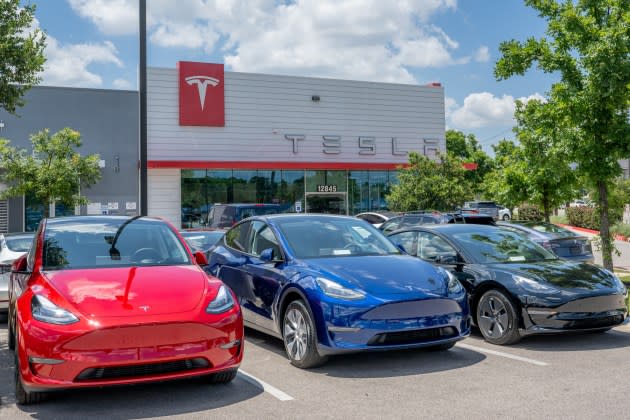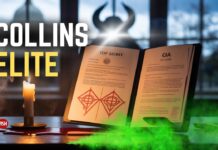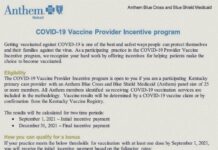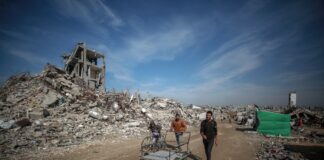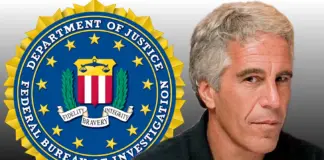by Miles Klee,
“Teslas are the safest cars on the road, but most people don’t know that,” Tesla CEO Elon Musk wrote on X (formerly Twitter) last year. The superlative is typical of the billionaire, and the automaker itself, which boasts that its vehicles “are engineered to be the safest in the world.”
But while Tesla’s cars routinely receive top safety ratings, including from the National Highway Traffic Safety Administration, accident statistics show that the brand has the highest rate of accidents in which at least one car occupant is killed, according to a new report from the auto research firm iSeeCars.
Analyzing fatal collisions from 2017 to 2022 involving 2018 to 2022 car models, the group identified the Tesla Model S and Tesla Model Y as two of the most dangerous cars on the road by occupant fatality rate. Though models from Hyundai, Chevrolet, Mitsubishi, Porsche, and Honda occupied the top five spots on the list, the Tesla Model Y, a mid-size SUV, came in sixth, with a fatal accident rate 3.7 times higher than the average car, and 4.8 times higher than the average SUV. The Model S rate is double that of the average car.
Tesla did not immediately respond to a request for comment on the report.
The auto company had 5.6 fatal accidents per billion miles traveled by its vehicles, narrowly edging out Kia, with 5.5 per billion miles, as the brand with the overall highest rate of deadly accidents. This, the iSeeCars study notes, is “despite Tesla’s advanced driver-assist technology,” with features including so-called Autopilot and Full-Self Driving (FSD), which are meant to reduce human error. The former is a basic system including cruise control and automated lane-changing on freeways, while FSD allows a Tesla to “drive itself almost anywhere with minimal driver intervention,” per the company’s language. Both require the continued supervision of an attentive driver who can override the software.
Karl Brauer, an executive analyst with iSeeCars, said in the report that new cars overall are safer than they’ve ever been, and that most of the vehicle models on their lists “received excellent safety ratings, performing well in crash tests.” Therefore, he added, their elevated accident rates likely “reflect a combination of driver behavior and driving conditions.”
The study did not factor in the use of advanced systems such as Tesla Autopilot and FSD, but their shortcomings are well-documented, and Tesla accidents in which one of these features was engaged have triggered a wave of lawsuits, as well as regulatory scrutiny. Both NHTSA and the Department of Justice are investigating whether Tesla misled customers to believe that Autopilot and FSD is more dependable than it truly is. Critics say that drivers who assume their Tesla can operate safely and with total autonomy tend to become complacent or distracted — and then fail to take manual control when necessary.
This hasn’t stopped Musk from repeatedly promising, as he has for over a decade, that Tesla is close to a version of FSD which can safely operate without any human oversight. In October, he doubled down on this promise, unveiling a design for an autonomous two-seater “Robotaxi” (or “Cybercab”) without a steering wheel. He offered few specifics about how Tesla would be able to compete with companies that already have active fleets of autonomous taxis, like Google subsidiary Waymo, though he predicted the Tesla model would be in production before 2027, while acknowledging that he tends “to be a little optimistic with time frames.”
But for the moment, Tesla drivers are getting into fatal accidents with higher frequency than other drivers. Brauer commented that across the board in the automotive industry, improved safety features “are being countered by distracted driving and higher rates of speed, leading to rising accident and death rates in recent years.” No matter how well-made, a car can’t compensate for an irresponsible person in the driver’s seat.
Source: https://www.rollingstone.com/
Disclaimer: We at Prepare for Change (PFC) bring you information that is not offered by the mainstream news, and therefore may seem controversial. The opinions, views, statements, and/or information we present are not necessarily promoted, endorsed, espoused, or agreed to by Prepare for Change, its leadership Council, members, those who work with PFC, or those who read its content. However, they are hopefully provocative. Please use discernment! Use logical thinking, your own intuition and your own connection with Source, Spirit and Natural Laws to help you determine what is true and what is not. By sharing information and seeding dialogue, it is our goal to raise consciousness and awareness of higher truths to free us from enslavement of the matrix in this material realm.
 EN
EN FR
FR

